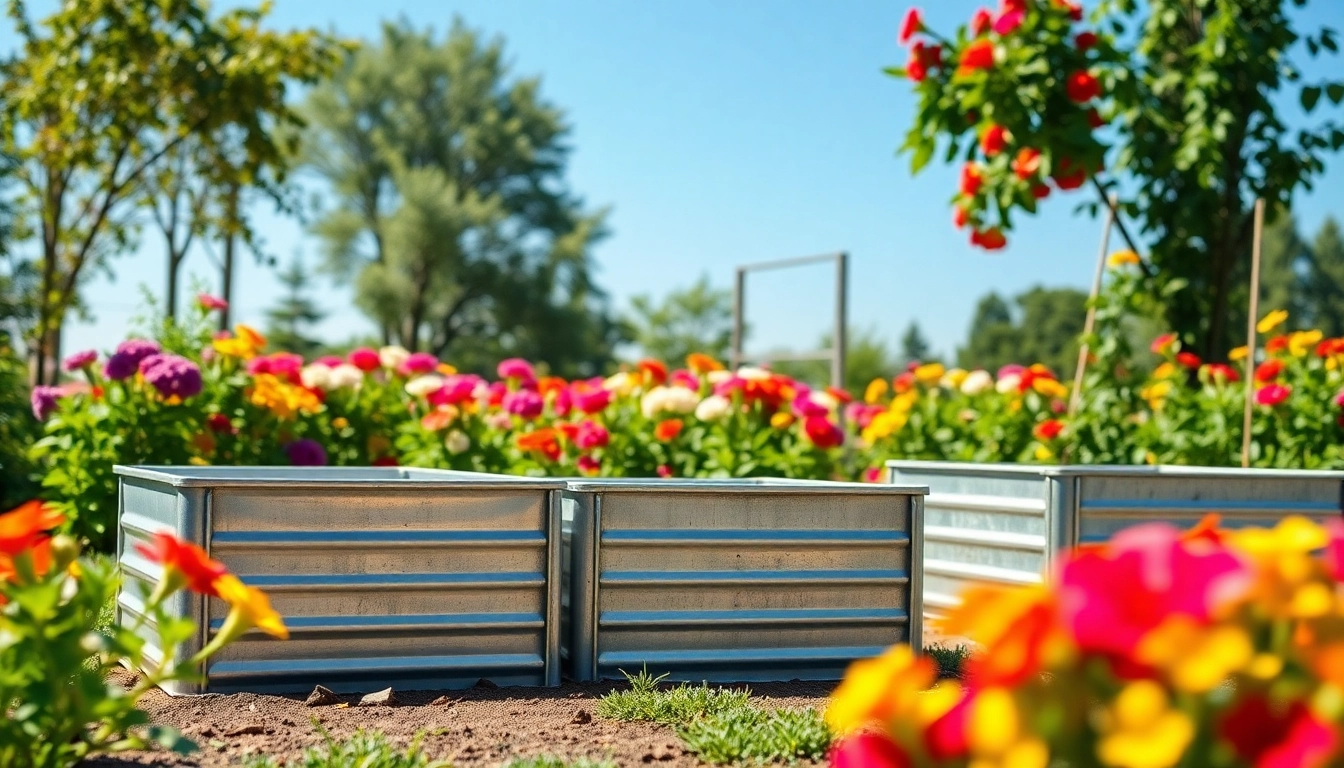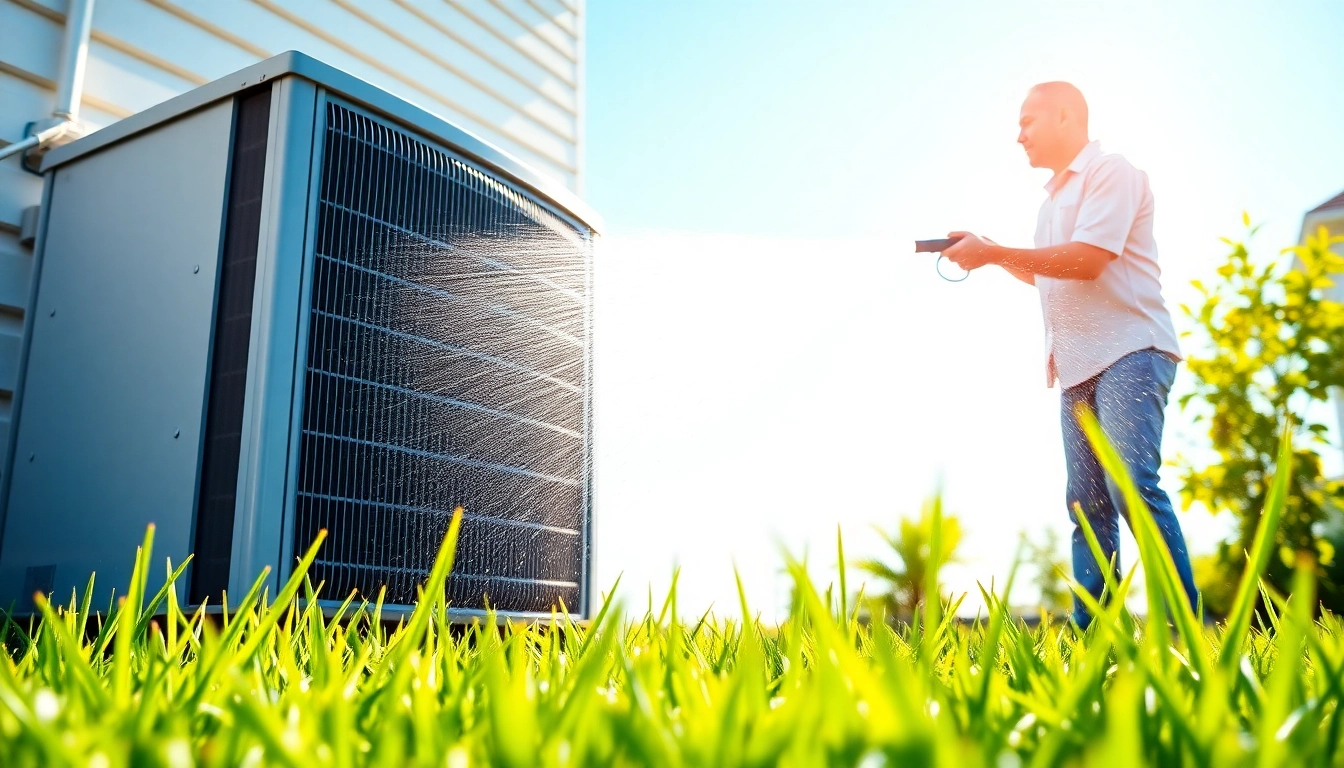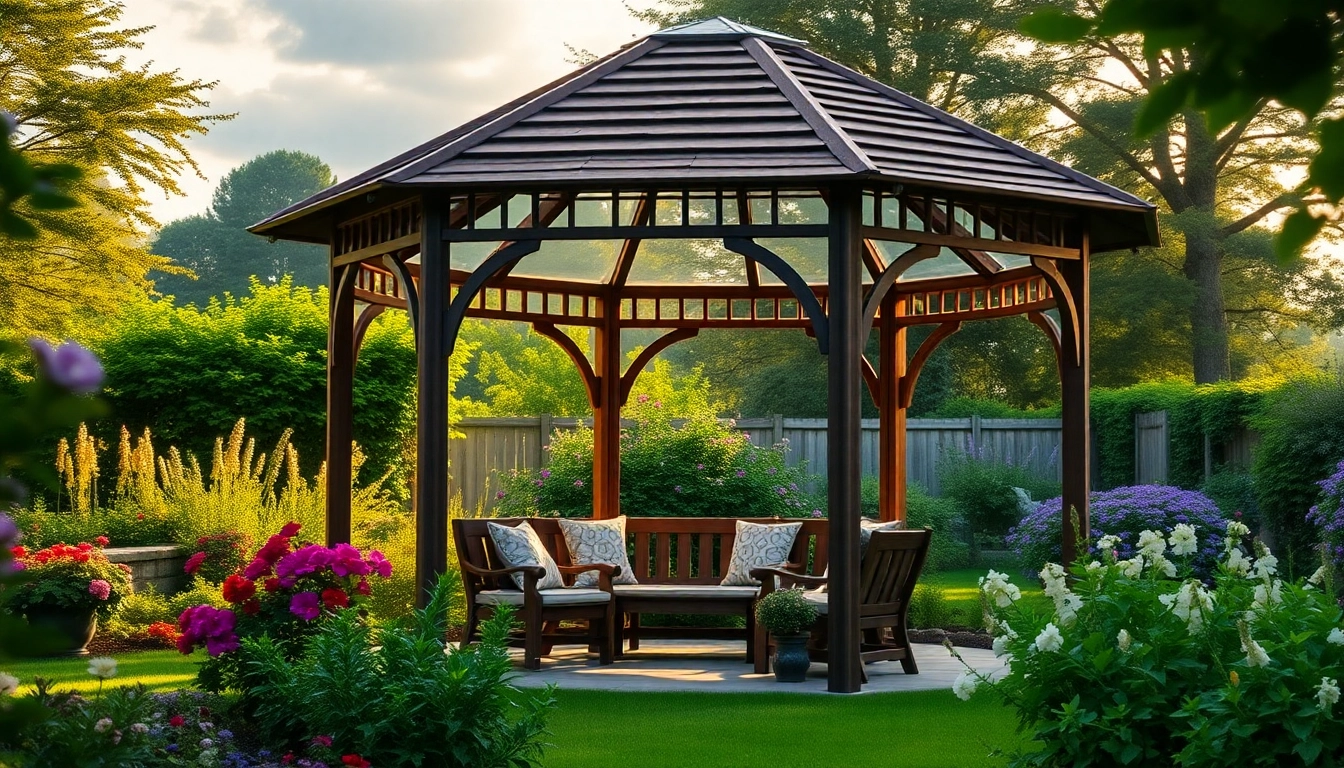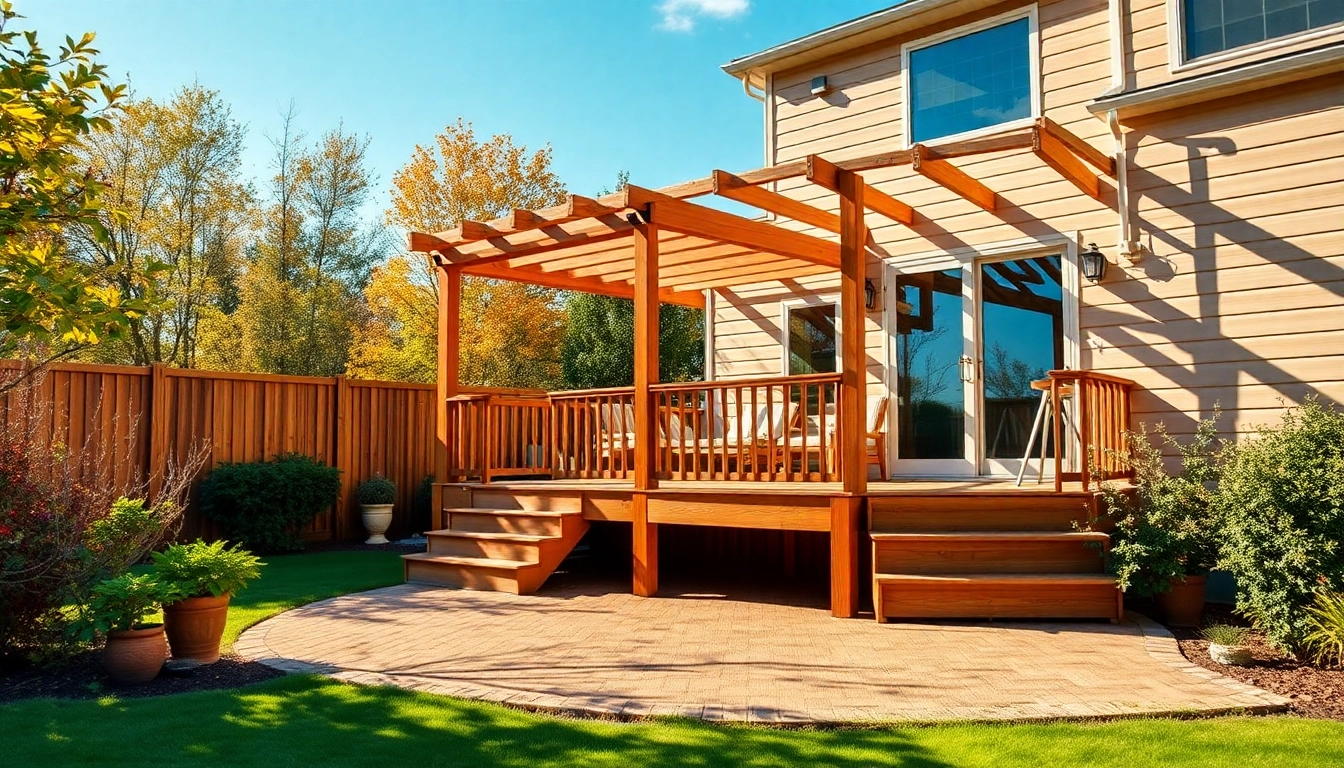Understanding Galvanized Raised Beds
What Are Galvanized Raised Beds?
Galvanized raised beds are essentially garden containers made from galvanized steel or metal. The galvanization process involves coating steel with a layer of zinc, which protects it from rust and corrosion, making it ideal for outdoor use. These beds come in various shapes and sizes, typically rectangular, and are popular for their durability and aesthetic appeal. The rise in popularity can be attributed to the growing interest in sustainable gardening practices, enabling gardeners to grow fresh produce in smaller spaces.
Benefits of Using Galvanized Raised Beds
One of the main advantages of galvanized raised beds is their longevity. Unlike wooden raised beds that can rot or decay over time, galvanized metal can sustain various weather conditions without degrading. Additionally, they provide excellent drainage, allowing excess water to flow through easily, which minimizes the risk of root rot in plants.
An ergonomic benefit is that raised beds can be constructed to a comfortable height, reducing the need for bending or kneeling, making gardening more accessible for people of all ages. Furthermore, the heat retention properties of galvanized steel may help to extend the growing season. The material warms up quickly in spring, providing plants with a head start as they thrive in a warm soil environment.
Lastly, these beds are resistant to pests and diseases that may affect traditional gardening methods. The smooth metal surface discourages pests like slugs and snails, making it easier to maintain a healthy garden.
Common Materials and Construction Methods
Constructing galvanized raised beds typically involves sourcing galvanized steel sheets along with standard hardware such as screws and brackets. Common construction methods include using pre-fabricated kits or customizing based on personal preferences. Many gardeners prefer kits due to the convenience and ease of installation.
Dimensionally, raised beds can be built up to 4 feet in height, with common lengths ranging between 4 and 8 feet. When constructing these beds, it’s important to focus on thickness as well; sheets that are at least 18-gauge offer durability without significant weight, while thicker steel may offer added robustness against impacts.
Many galvanized beds come with a protective lining to prevent direct contact between the metal and soil, which can leach chemicals. This lining is crucial for maintaining a healthy growing environment.
Planning Your Garden Layout
Choosing the Right Location for Your Raised Beds
Location plays a pivotal role in the success of your garden. Choose a site that receives at least 6-8 hours of full sunlight daily, as most vegetables thrive in bright light. Consider the proximity to a water source, as plants will require regular watering, especially in the warm months. Additionally, ensure that the topography is level, which helps with water drainage.
It’s also essential to maintain a safe distance from trees and shrubs, as the roots can compete with your garden plants for nutrients and moisture. Moreover, avoid areas with high foot traffic to minimize soil compaction and damage to the plants.
Design Considerations for Garden Space
When planning your garden, think about the overall design and how your raised beds will fit into that vision. Consider using a grid layout for an organized appearance, or you could add a pathway to ensure easy access to each bed. The shape and size of your raised beds should complement the surrounding landscape and make efficient use of available space.
Incorporating pathways made from materials like gravel or stepping stones can enhance accessibility and contribute to the overall aesthetics of your garden.
Maximizing Space with Companion Planting
Companion planting is a horticultural strategy to maximize space and promote plant health. This involves grouping compatible plants together that can benefit each other. For instance, tomatoes thrive alongside basil, while pairing carrots with onions can naturally deter pests. Researching beneficial pairings before planting in your galvanized raised beds can lead to a more productive garden.
Utilizing vertical gardening methods, such as trellises or supports, can also enhance space utilization in smaller gardens, allowing you to grow climbing plants like peas or cucumbers upward rather than outward.
Setting Up Your Galvanized Raised Beds
Step-by-Step Guide to Assembling Raised Beds
Assembling your galvanized raised beds can be broken down into several straightforward steps:
- Gather Materials: Ensure you have all necessary components, including galvanized steel sheets, screws, brackets, a level, and a drill.
- Build the Frame: Cut the galvanized sheets to desired lengths and use brackets to assemble the edges of your raised bed into a rectangular shape.
- Secure the Base: Using screws, secure the corners and edges to form a sturdy frame. Double-check that the bed is level.
- Install a Liner: If you’ve chosen to use a liner, now is the time to install it to protect the soil from direct contact with metal.
- Fill with Soil: Fill the raised bed with a mixture of potting soil, compost, and organic matter to enhance fertility.
Soil Preparation and Drainage Tips
The success of your plants largely depends on how well the soil is prepared. A light, well-draining soil mix is essential for optimal root growth. Make use of a combination of loamy soil, sand for drainage, and nutrients like compost or well-rotted manure.
For drainage, ensure that your bed is elevated off the ground level to allow excess water to flow away freely. Installing drainage holes or pipes can also be beneficial in waterlogged areas.
Accessing Watering Solutions for Garden Beds
Water is crucial for your plants’ health and growth. Consider the most efficient watering systems to maintain consistent moisture levels. Drip irrigation systems offer precision watering that conserves water and reduces disease risk by minimizing water on leaves.
Alternatively, soaker hoses are an effective solution for raised beds, delivering water directly to the root system. Regularly monitor moisture levels in the soil to ensure your plants remain hydrated but avoid overwatering, which can lead to root rot.
Planting and Maintenance Tips
Best Vegetables and Flowers for Raised Beds
When selecting plants for your galvanized raised beds, consider the climate and seasonality. Some of the top vegetables include carrots, lettuce, spinach, tomatoes, and peppers. These crops thrive in raised beds and adapt well to the contained environment.
For decorative purposes, incorporating flowers such as marigolds, zinnias, or nasturtiums can enhance visual appeal. Many flowers also attract beneficial insects, contributing to improved pollination and pest control.
Seasonal Care and Maintenance Practices
Regular maintenance is vital to ensure a flourishing garden. Seasonal tasks include:
- Spring: Clean up any debris, amend the soil, and start planting early crops.
- Summer: Monitor watering, harvest crops regularly, and manage pests as needed.
- Fall: Collect remaining crops, clean the garden space, and apply a layer of mulch to protect the soil over winter.
- Winter: Consider covering the raised beds to protect them from harsh weather conditions.
Pest Management Strategies for Healthy Plants
Pest control is a critical aspect of gardening, and several organic strategies can be employed. Regularly inspect plants for signs of pests and diseases, addressing issues promptly. Using natural deterrents like neem oil or insecticidal soap can effectively manage pest populations without harming beneficial insects.
Encouraging pests such as ladybugs or lacewings to interbreed in your garden can provide a natural means of controlling aphid populations.
Maintaining a diverse range of plants and implementing crop rotation can also reduce pest attraction, as many pests are plant-specific.
Enhancing the Aesthetic of Your Garden
Incorporating Decorative Elements with Your Beds
The beauty of galvanized raised beds extends beyond functionality; they can serve as striking features in your garden. Incorporating decorative elements such as colorful plant labels, decorative rocks, or even trellises can increase the visual appeal of your garden beds.
Consider painting the exterior of your raised beds with weather-resistant paints for a personalized touch. Furthermore, adding whimsical garden ornaments can create a unique atmosphere.
Using Mulch and Ground Cover for Visual Appeal
Utilizing mulch not only helps retain moisture in the soil but also enhances the visual appeal of your garden. Organic mulches, such as wood chips or straw, provide a natural appearance and decompose over time, enriching the soil. Furthermore, consider ground covers, such as creeping thyme or clover, to create lush carpets around your raised beds.
Creating a Cohesive Garden Design
To achieve a cohesive design in your garden, select plant colors and textures that complement each other. Harmonizing plantings with similar foliage or flowering times provides a unified appearance. Additionally, consider integrating pathways and seating areas that echo the style of the raised beds, ensuring an inviting space for relaxation and gardening.
Taking the time to plan your layout and selecting components thoughtfully will elevate the aesthetics of your garden while achieving a productive and enjoyable growing environment.



